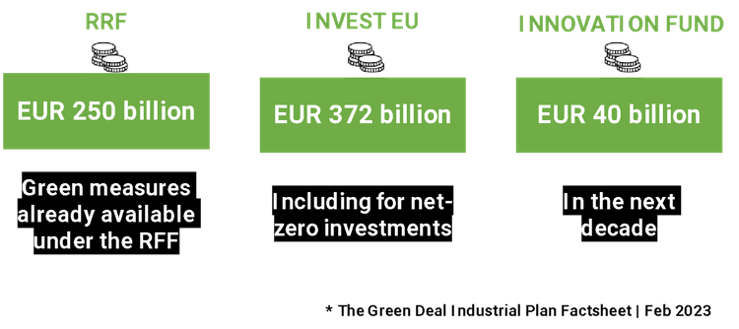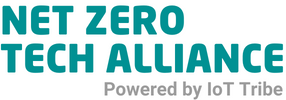Last week the EU published the Green Deal Industrial Plan[1] that aims to provide a more supportive environment for industry to take on net-zero technologies and offer the products required to meet Europe’s ambitious climate targets. It builds on the 2019 European Green Deal, that sets the goal of making Europe the first climate-neutral continent by 2050, and the EU Climate Law’s commitment to climate neutrality and reducing net greenhouse gas emissions by at least 55% by 2030.
It follows the US’s Inflation Reduction Act, or IRA, a $369 billion climate and energy plan that includes a range of measures including the repurposing of retired fossil fuel infrastructure, employing displaced workers, providing new funding to accelerate the growth of clean energy and supporting consumer rebates for home electrification and EVs and supporting American-made products to boost domestic manufacturing.
The IRA makes the single largest investment in climate and energy in American history, and is expected to increase the reduction in CO2 emissions from 24-35% under a BAU scenario to 31-44% by 2030[2].
China already dominates the production of electric vehicles and solar panels. Europe is worried that the US green package’s subsidies will not only make European businesses less competitive, but also entice foreign investment to the US. According to Ursula von der Leyen, the IRA raised “a number of concerns” over some of the targeted incentives for firms.
The EU’s net-zero start-ups ecosystem was worth over EUR 100 billion in 2021, doubling in value since 2020.
- A predictable, coherent and simplified regulatory environment, to support quick deployment of net-zero manufacturing capacities
- Faster access to sufficient funding, by boosting investment and avoiding the fragmentation of the Single Market;
- Skills, re-skiing and upskilling the European workforce in the technologies required by the green transition; and
- Open trade for resilient supply chains, to ensure diversified and reliable supplies and fair international competition through cooperation with trading partners.
But is it new money, or just repurposing funds? Either way, here’s a quick view of the funds available[3]:

Green tech just got a whole lot hotter! Watch this space for more updates.
[1] https://ec.europa.eu/commission/presscorner/detail/en/IP_23_510
[2] https://www.wri.org/update/brief-summary-climate-and-energy-provisions-inflation-reduction-act-2022
[3] https://ec.europa.eu/commission/presscorner/detail/en/FS_23_514
